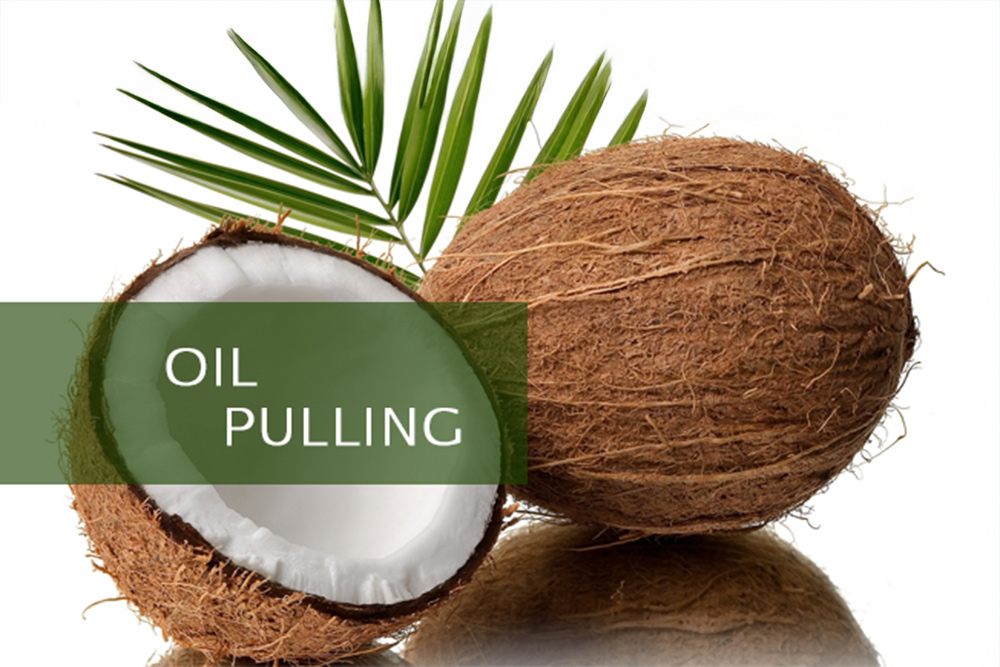Oil pulling has long been considered a practice for natural oral healthcare and is a very simple technique that involves swishing a tablespoon of oil in your mouth for approximately 10–20 minutes, on an empty stomach, and then spitting it out.
This ancient Indian medicine remedy dates back over a 1000 years ago and is found in the early Ayurvedic text, the Charaka Samhita. Commonly used for oral health, it was also a recommended treatment for other conditions, including headaches, migraines, diabetes, and asthma. In modern times, though, it is most commonly used to protect the health of the teeth and gums, as good oral hygiene and total body health are interconnected. The oral cavity can contain over 700 kinds of bacteria, some of which can contribute to systemic diseases such as cardiovascular issues, so it’s imperative to maintain oral and dental hygiene.
Oil pulling can help improve dental hygiene because it:
- is a natural and effective means to destroy the bacteria responsible for chronic bad breath (halitosis).
- helps to remove plaque from the teeth and decrease inflammation, which results in whiter teeth, pinker gums, and a decreased chance of developing gingivitis.
- helps decrease the chance of developing dental caries, or cavities.
- can reduce the cavity-linked Streptococcus mutans bacteria in the plaque and saliva of children.
- can improve chapped lips and resolve a dry throat or mouth.
Wiseman Health Take-Home Advice
The most common oils used with oil pulling are sesame, coconut, and sunflower. We personally prefer organic cold-pressed coconut oil because it is healthy and versatile. It can be used as a cooking oil and as a moisturizer for skin and hair. Coconut oil also contains lauric acid, which contains anti-microbial and anti-inflammatory properties.
- Put a few fingers’ worth (approximately a tablespoon) in your mouth and swish for 10–15 minutes, and then spit it out. If this is too long, even 3–5 minutes of oil pulling can be beneficial. You can substitute this for mouthwash, as many of the brand names are not ideal in terms of toxicity.
- Be careful that you don’t swallow the oil because you’ll essentially ingest the toxins and bacteria. It’s OK if you ingest a small amount, but the best practice is to swish it all over in your mouth and then spit it out in a trash can or paper towel (oil can clog pipes in sinks/toilets).
- When finished, be sure to rinse your mouth with water.
- Make this part of your morning routine 3–5 times a week.
- For a quick and easy “how-to,” watch this oil pulling video.
Editor’s Note: This article was originally published on December 3, 2013.

